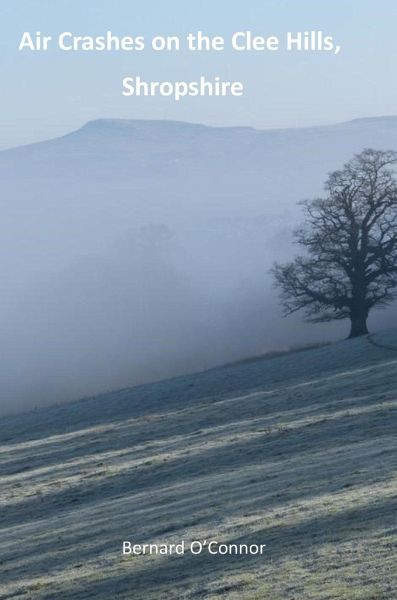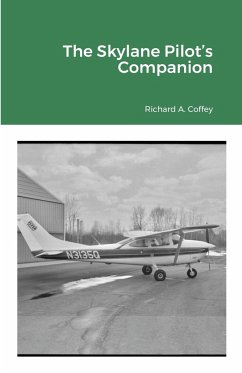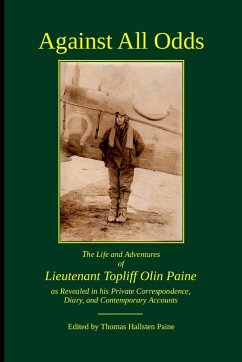
Air Crashes on the Clee Hills, Shropshire
Versandkostenfrei!
Versandfertig in 1-2 Wochen
46,99 €
inkl. MwSt.

PAYBACK Punkte
23 °P sammeln!
The Clee Hills in Shropshire are designated as an Area of Outstanding Natural Beauty but few residents and even fewer visitors are aware that it is claimed that more people have been killed in air crashes on these hills than on any other highland area in Britain. Bernard O'Connor's research reveals that there were 19 air crashes on the Clee Hills between 1937 and 1975 with the loss of 43 lives. Whilst 23 were killed on the Brown Clee during the Second World War, Titterstone Clee claimed 11. It needs to be remembered that 17 survived their crashes. Those who lost their lives were 28 British per...
The Clee Hills in Shropshire are designated as an Area of Outstanding Natural Beauty but few residents and even fewer visitors are aware that it is claimed that more people have been killed in air crashes on these hills than on any other highland area in Britain. Bernard O'Connor's research reveals that there were 19 air crashes on the Clee Hills between 1937 and 1975 with the loss of 43 lives. Whilst 23 were killed on the Brown Clee during the Second World War, Titterstone Clee claimed 11. It needs to be remembered that 17 survived their crashes. Those who lost their lives were 28 British personnel, six Germans, four Americans, four Canadians and one New Zealander. Four Avro Ansons came down, three Bristol Blenheims, two Vickers Wellingtons, a Flying Fortress, a Tiger Moth, an American Mustang, a Miles Magister, a Hawker Typhoon, an Airspeed Oxford, a Jet Provost, a Harrier Jet, a Junkers 88 and a Heinkel. It also needs to be stressed that many local people came out to help after the crashes, agricultural labourers, farmers, the Home Guard, Anti-Aircraft crews, Searchlight crews, troops from the King's Shropshire Light Infantry, the local police as well as staff from the RAF Maintenance (Rescue) unit and RAF Accident investigators. Local hospital staff, clergy, gravediggers and crematorium staff played an important role. Local photographers made a record of many of the crashes and reported from the local, and sometimes national, press ensured readers were provided the details. Using contemporary sources and the research undertaken by aviation historians, Philippa Hodgkiss, Glyn Warren, Adrian Durnell and Tom Thorne, this documentary history provides the human story of these many disasters and near disasters.














